






















★ StructuralRestoration-Repairand/orReplacementof DamagedFoundations,Sills,Joists,FramingTimbers
★ Recycling&DismantlingofOldBarns&Re-Assembly
★ TastefulRemodelingofandAdditionstoPeriod Homes
★ NewFoundationsConstructedunderExisting Buildings
★ BarnFrames,Timbers,BarnBoard&AntiqueWood ForSale

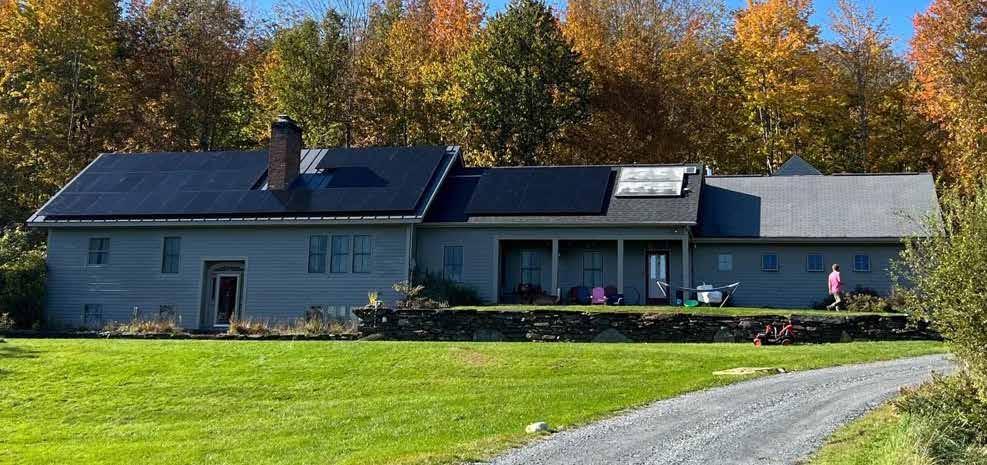
CHRIS MAYS Brattleboro Reformer
Green Mountain Solar helps Vermonters make the switch to renewable energy. The company started delivering custom renewable energy solutions in Vermont in 2017, with a commitment to customers and sustainability. Over the past eight years, it’s grown to be one of the leading solar and backup power installers in the state.
Megan Beattie, Director of Marketing and Sales Operations at GMS, said the company has served thousands of customers over that time.
Initially, the South Burlington-headquartered company mostly covered the northern part of Vermont. A recent partnership with Grassroots Solar in East Dorset allowed it to expand its reach to the entire state.
“Now we’ve joined forces under the Green Mountain Solar umbrella,” Beattie said.
Serving residential and commercial clients, GMS installs solar and backup power systems. The company offers high quality brands, such as QCells and Eagle solar panels and Tesla Powerwall and FrankinWH batteries. With solar, households and business-
es can offset electricity bills through a process called net metering. Excess energy produced by solar panels on sunny days goes to the grid in exchange for credits, which can cover the cost of energy pulled from the grid when solar production is low. With backup power systems such as batteries, extra kilowatts can be banked onsite and used for power in the case of an outage.
Pairing solar with batteries allows a home to be self-sufficient in the case of a grid event, Beattie said.
GMS handles everything throughout a renewable energy project, from system design and project management to permitting, installation and postinstallation service. The company takes an educational and no-pressure sales approach.
Beattie said GMS firmly believes that going solar is an investment and home improvement that should be considered carefully, to ensure it is a right fit with a customer and their energy needs.
Instead of relying on door-to-door sales as other companies might, GMS looks to foster connections through referrals and community campaigns. Word also is spread through social media, and radio and television ads.
“We’re trying to build the trust of our customers and build a long-term relationship with them. Our goal is to give them the education to make this decision because it is a significant home investment and not one that should be signed on the spot,” Beattie said. Since its inception, a guiding principle of GMS has been its firm commitment to its customers. Beattie said the company prides itself on delivering excellent customer service, as seen through its nearly 200 fivestar reviews on Google. GMS also was recognized as Vermont’s Best of Business Award for Best Renewable Energy company last year.
Beattie said the company employs a team of expert in-house electricians performing their installations with an industry-leading workmanship warranty of 12 years. GMS also has a dedicated in-house service team.
“A dedicated service team is not something all solar companies offer, and we have unfortunately heard some feedback from other companies who do not always answer their service calls,” Beattie said. “At GMS, we are proud to put customer service first and foremost. Further, we only install top-of-the-line brands that have been vetted by our expert team, many
of which come with 25-plus year product warranties.”
Going solar can be an extremely beneficial investment to one’s financial future as well as for the environment, Beattie said. System design recommendations and price estimates are provided to customers after a consultation.
Consultations typically include a free, in-person site visit with one of the company’s expert solar advisors. About 45 minutes to an hour is spent with the potential customer, evaluating the site, discussing energy usage and needs, and answering any questions that arise.
A 3D rendering software is used to measure “solar access” to see how amenable a site is to solar, Beattie said. A drone takes hundreds of photos to help with the process.
“I’m in the process of getting solar from GMS myself,” Beattie said. “It’s pretty cool to see how accurate the panel-level modelling is with the drone footage. I can’t wait for my panels to be up and running this spring!”
For more information, visit Green Mountain Solar’s website: www.GreenMtnSolar.com or find GMS on Facebook, facebook.com/GreenMountainSolar Instagram, @greenmountainsolar or LinkedIn, linkedin.com/company/1162485




























































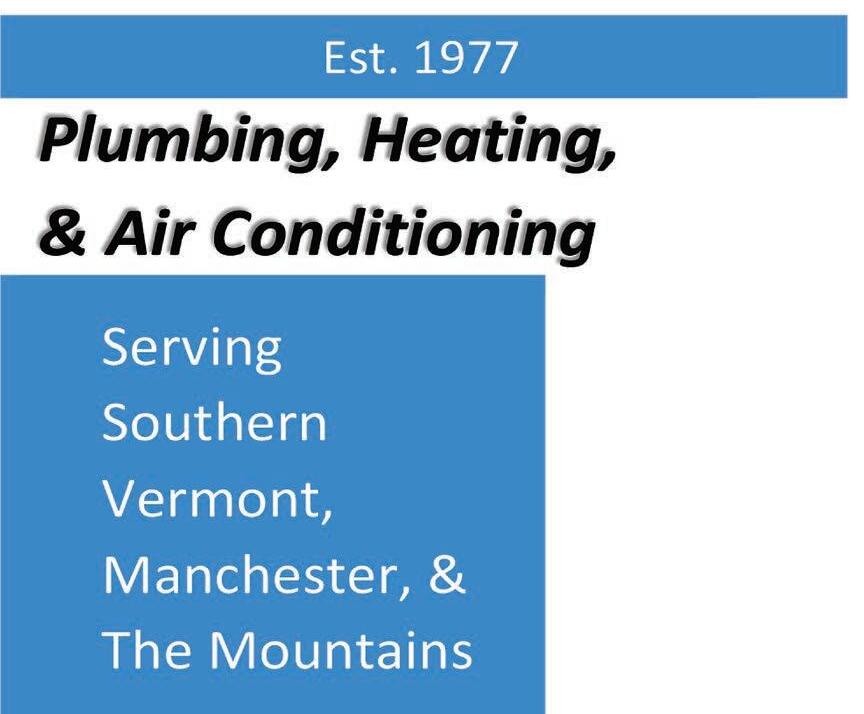











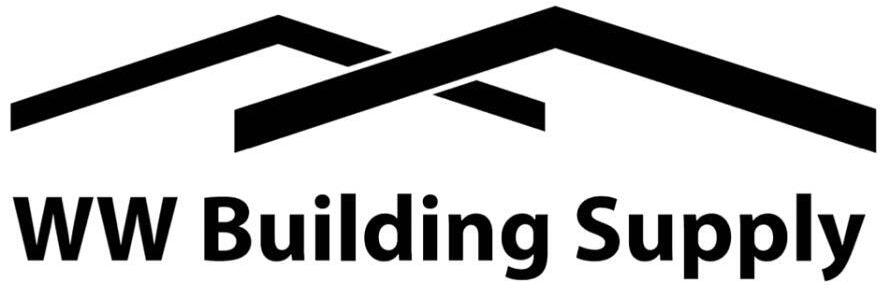
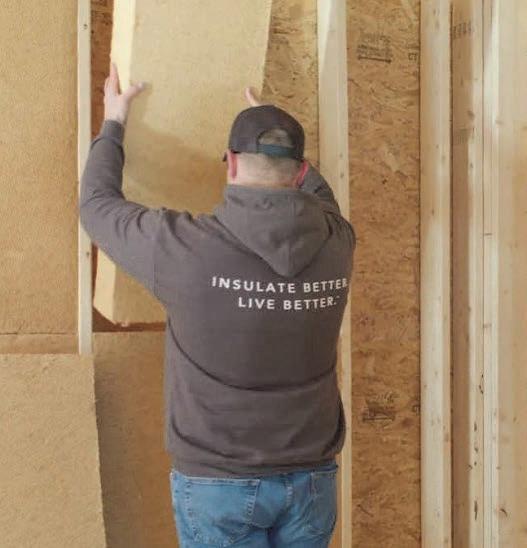

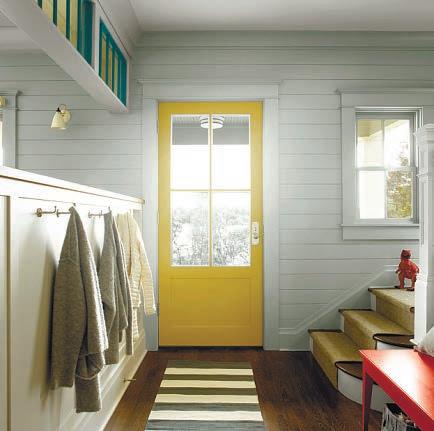
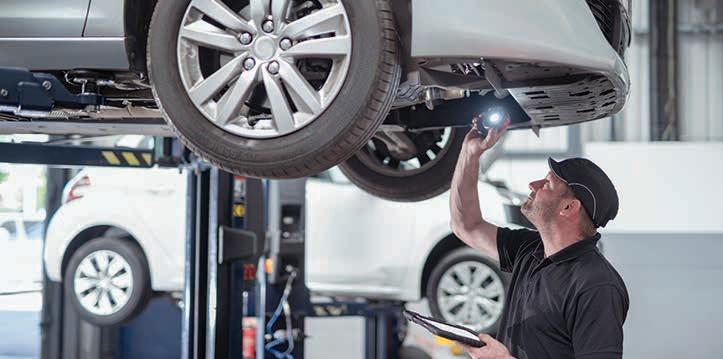
Routine maintenance is required to ensure the safety and performance of any vehicle. Although vehicle owners have different options when it comes to servicing their vehicles, including doing it themselves or visiting an independent auto repair center, there are various benefits to using a dealership for servicing needs.
According to a study by Kelley Blue Book, 35 percent of all cars were serviced at a dealership in 2021. By 2023, that figure had dropped to 30 percent. Service chains, like tire service centers and quick lube brands, are gaining ground in the automotive servicing market. Here are six reasons why consumers may want to think about returning to the dealership to maintain their vehicles.
KBB says that owners are not saving much by shifting their business to service centers. In 2023, the average dealership service visit cost $258, while a visit to a non-dealer service center was $249 on average. Customers may be able to negotiate with dealerships where they purchased the car for lower prices or coupon incentives, as dealerships typically like to build relationships with customers to ensure repeat business.
A big advantage to going to the dealership for service is original equipment manufacturer parts, known as OEM parts and accessories. OEM means the components used in the service or repair will be the same as those used by the manufacturer in their own workshops, guaranteeing both quality and com-
patibility, according to DCH Honda. This can be especially important for electrical components.
Modern vehicles are complex and unique between make and model. Visiting a dealership for service means you’ll be getting a service technician who has specific knowledge about the vehicles that dealership sells. Technicians at dealerships have to be manufacturer-certified, meaning they will have the most up-to-date knowledge and access to cutting-edge equipment.
WARRANTY SAVINGS
More often than not, new vehicles come with manufacturer warranties. Certain service may be covered by the manufacturer or dealership at no cost to the vehicle owner. Plus, the dealership can easily look up and apply the warranty pricing if applicable. Also, the service may need to be performed at a dealership by a certified technician for a warranty to continue to be valid.
If and when the time comes time to sell a vehicle, having a handy log of all servicing can be advantageous. This is easier to come by if all of the visits took place at a dealership. They can simply pull up a record of the vehicle and provide it; otherwise, one may scramble to compile the vehicle history from various service centers.
Oftentimes dealerships will provide courtesy cars to customers while service is taking place. This means that customers will not be inconvenienced if repairs take a day or more, and will not have to get a rental car.
Renovations around the house require an investment of time and often considerable amounts of money. Findings from the 2024 U.S. Houzz & Home Study show that home renovations are becoming more expensive. The median renovation spending for homeowners has gone up 60 percent since 2020. Angi, a home services website, reports the average renovation cost for homes between 1,250 and 1,600 square feet is $51,772, but the final cost of home renovations depends on the scope of the project.
Homeowners who are conserving funds can rest assured that it is possible to make meaningful changes both inside and outside a home without breaking the bank. Here are some ways to renovate a home on a budget.
CREATE A BUDGET AND DON’T WAVER
Figure out exactly what you can afford for a renovation and then make that your maximum dollars spent. Research comparable projects in your area and be honest about whether you can afford the renovation as-is or if you must adapt ideas to fit your price. Make sure to build in a cushion of around 15 to 20 percent for any unforeseen expenses that may arise once a renovation is underway.
MAXIMIZE AN EXISTING FLOOR PLAN
This Old House suggests looking for ways to maximize your current layout before you invest in major renovations like an expansion. Bring in a designer with an eye for utilizing space. For example, see how you might be able to replace shelves with pull-out drawers in the




kitchen. Moving furniture around or rethinking floor plans also can help to lower costs.
You can save money by tackling some projects yourself, but only if you are confident in your renovation skills. Rather than risk making costly mistakes and having to redo things, hire well-vetted professionals but ask if there’s any DIY work you can do to cut costs.
CHECK CLEARANCE AND RESALE STORES
Shop discount stores for building materials to save money. For example, if a builder ordered too many cabinets they may offer them to Habitat for Humanity ReStores, which are nonprofit home improvement stores and donation centers. Checking the clearance and markdown sections of other stores may yield considerable savings on items needed for a renovation. Warehouse retailers like Costco or Sam’s Club also can be great places to find certain home improvement materials and furnishings.
TAKE ADVANTAGE OF FREE SERVICES
Certain stores may offer things like free consultations with designers who can show you what a renovation can look like. This is advantageous to the stores because once you see the potential you’re more likely to buy the products, even if it’s not mandatory.
RESURFACE INSTEAD OF REDO
Certain items can be made to look new with minimal effort. Paint is a relatively inexpensive tool that can transform walls and more. A good hardwood flooring company can
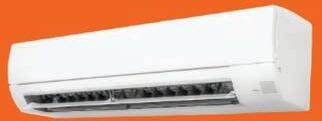

buff out a floor and put a new coating instead of an entirely new floor. Kitchen cabinets can be resurfaced instead of replaced as well.
FOCUS
Some areas of your home can have a significant impact on the overall look and feel, without requiring major renovations. Updating or adding fresh paint to high-traffic areas, such as the front door, entryway or bathroom, can create a large visual difference. Even small upgrades like new light fixtures, updated faucets or new cabinet hardware can provide a refreshed look.
SHOP AROUND FOR MULTIPLE QUOTES
Even for simple jobs, it’s wise to get multiple quotes from contractors or specialists to ensure you’re getting the best value for your money. Com-
pare services and materials across different providers and negotiate prices when possible. Many contractors are willing to offer discounts for specific projects if you are flexible with timelines or scope.
SHOP FOR SEASONAL SALES
Take advantage of seasonal sales and holiday discounts, especially during Black Friday, Cyber Monday or end-of-season clearance events. Many home improvement stores offer great deals on materials, appliances, and décor items during these times, which can save you a lot of money if you plan ahead.
Finding ways to perform home renovations on a budget may require some creative thinking, but it’s possible to get results at the right price point.
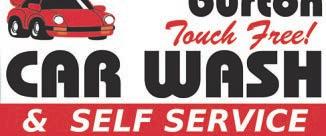







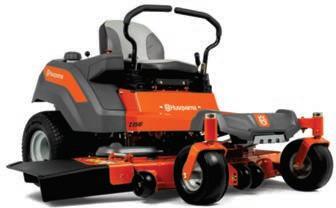





Phone:

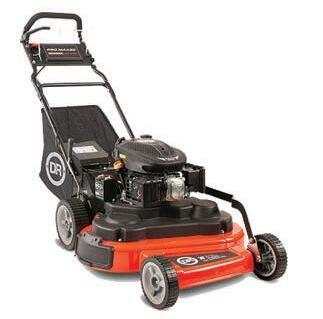


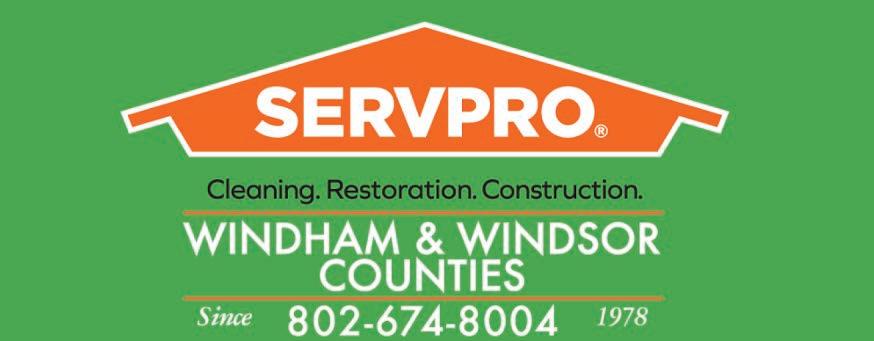
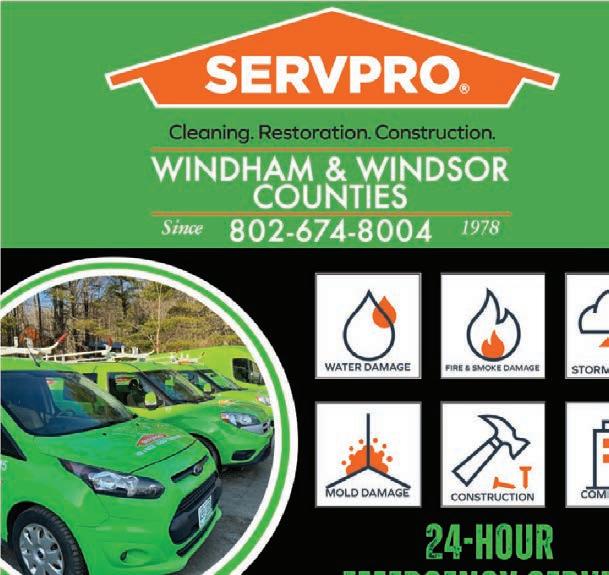
Although there are many drivers who understand what goes on under the hood of a vehicle and the inner workings of car mechanics, there are plenty of others who might not know a spark plug from a dipstick. For the latter group, random noises when driving can be a cause for immediate alarm.
Certain noises can be innocuous and easily fixed, while others may be indicative of something more complex. Pinpointing where a noise is coming from can help vehicle owners identify the problem. Here’s a list of some common sounds and what the causes might be, courtesy of Firestone, Geico and Nationwide.
Screeching or squealing coming from the tires when stepping on the brakes likely means that brake pads are wearing down and the indicator is rubbing against the rotor. Although this is not an emergency situation, it does mean that brakes will need to be replaced sooner than later.
If you hear rattling inside of a wheel at low speeds which stops as you drive faster, it could mean there is a loose lug nut inside of the hub cap. That wheel wasn’t tightened properly the last time it was removed and replaced. Bring the car to a mechanic as soon as possible.
If you try to start the car and only hear a clicking sound instead of the car turning over, a dead battery is likely the cause. Such a noise also may indicate corroded battery terminals that are preventing the current from flowing. Terminals need to be cleaned. The battery should be checked and jumped, if necessary. If a battery is

not holding a charge, a new one is needed.
SQUEAKY OR SCRAPING WINDSHIELD WIPERS
Squeaking and scraping means the windshield wipers are wearing down or the windshield is dirty. Clean the windshield and inspect the wiper blades to make sure they are in working order. A bad wiper and dirty windshield can reduce visibility and make driving extremely dangerous.
CLUNKING SOUNDS
Clunking sounds may indicate a few different issues. A clunking sound might indicate worn out shock absorbers, which absorb vibrations from the wheels. Damaged struts also can cause clunking. Worn out leaf spring shackles that help in off-
roading conditions also can cause clunking when they bend or break.
HUMMING, WHINING OR WHIRRING
These strange noises might have different origins. Check if the differential needs to be lubricated. A wheel bearing also could be worn out and produce a noise. In more severe cases, the transmission could be failing. The best course of action is to get a professional opinion from a mechanic.
FLAPPING NOISE
A broken belt typically is the culprit when a vehicle makes a flapping or slapping noise. Something also may be interfering with the fan. Driving with a broken belt may cause severe engine damage, so it’s important to address the issue.
SQUEALING UNDER THE HOOD
Squealing can indicate worn or loose accessory belts. In newer cars it might be the serpentine belt. Belts are relatively inexpensive and easy fixes.

Open floor plans that make it easy to move through primary living and entertaining areas have been popular for decades. Open concept floor plans join the dining room, kitchen and living (great) room into a communal space where sight lines are maximized and walls are minimal.
According to JJones Design Co., the origins of open concept floor plans may be traced to the deaf community. An open layout allows for better visual communication and awareness of one’s surroundings, and some deaf individuals modified their kitchen and living spaces to facilitate more room for social gatherings and signing. Nowadays, it’s nearly impossible to find a new construction with closed-off rooms. Here’s a look at some of the pros and cons of having an open-concept home.
BENEFIT: Open concept plans make small spaces feel bigger. When smaller homes are broken up by walls, they can seem even smaller. By tearing down walls, one can trick the mind into thinking there is more square footage.
DRAWBACK: The space may feel too large. An open concept floor plan in a large home can make interior spaces feel cavernous. A cozy home can be difficult to achieve with fewer walls.
BENEFIT: Open concept plans facilitate the flow of natural light. Without walls to break up rooms, homeowners can maximize light coming in through their windows. This also may help to brighten darker rooms that do not get as much natural light.


DRAWBACK: Privacy can be hard to achieve. Unobstructed views from windows and doors can make it more challenging to create privacy when desired. When window shades are open, passersby can see into a home. Also, sunlight may end up wearing out flooring and furniture throughout the home.
BENEFIT: Open floor plans allow more space to spread out when entertaining. One of the biggest plusses of open floor plans is that it makes it easier to host crowds.
Guests can enjoy the communal space, while hosts can still inter-
act with friends and family even while preparing meals in the kitchen.
DRAWBACK: Homeowners will likely need to do more cleaning ahead of hosting guests, as multiple rooms will be on display. Also, cleanup afterwards may be more arduous since guests have spent time in multiple spaces.
BENEFIT: Open concept plans can improve property value. The home renovation experts at The Spruce note open floor plans are desirable and increase the value of a home by up to 7.4 percent a year.
DRAWBACK: Some home buyers are beginning to shy away from open floor plans. This may have been prompted by stay-at-home requirements during the COVID-19 pandemic, when family members were working and doing school work at home. An open-concept layout didn’t provide the privacy or distraction-free spaces residents may have needed.
Open floor plans have been around for over 30 years, but they aren’t everyone’s cup of tea. The pros and cons of this design style merits consideration when renovating or shopping for a home.

Each component of a vehicle performs an important function that ensures the car runs safely and soundly. A working brake system is vital to vehicle safety, so any issues affecting the brakes merit attention. Fortunately, there are various warning signs that indicate to vehicle owners it is time to replace brakes.
Sun Auto Service says a deep grinding metal sound indicates that brakes are wearing down. Brake pads typically come equipped with tiny metal ridges on the bottom of the pads to alert the driver that the pads have worn down. Continuing to drive like this will put metal on metal, which can damage the rotors.
Some brake pads have built-in wear indicators. A driver may notice a squealing, screeching or whining noise when the brakes are engaged, says Bridgestone. Grind-
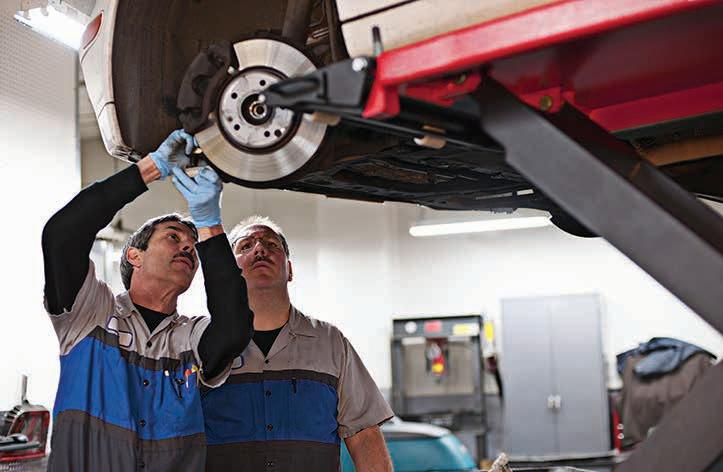
ing or squealing often indicates that the brakes need to be replaced.
PULLING TO ONE SIDE
When braking, drivers might notice the car pulling over to one side. This indicates brake pads are unevenly worn out, causing the car to pull to one side when braking.
A visual inspection of the brakes can give drivers an idea of their condition. If the pads are less than a quarter-inch thick, it is time to have them inspected or replaced.
BRAKE PEDAL VIBRATION
When brakes are working proper-
ly, the vehicle will smoothly slow to a stop. If the brakes are worn out or if the rotors are damaged, the brake pedal can vibrate and the car may even buck as it comes to a stop. This means the brakes and possibly the rotors will need to be changed.
DASHBOARD WARNING LIGHT
Modern vehicles are equipped with advanced sensors that monitor the brake system. If the brake warning light illuminates on the dashboard, it could signal low brake fluid, worn brake pads or a more serious issue with the braking system. Ignoring this warning could lead to brake failure and costly repairs.
FAILURE TO STOP
Of course, a clear indication that it could be time to replace the brakes is if the car does not respond promptly to braking when the brake pedal is pressed. A soft brake pedal or longer stop times might mean brake fluid is low or may indicate the need for a brake replacement.

• PottingSoils&Mulches:Pro-Mix,VermontCompostCompany, CoastofMaine,FoxFarm
• Organic&ConventionalFertilizers:NorthCountryOrganics, GreenMountainFertilizer
• Grass,Pasture&CoverCropSeed:CatamountSeed
• GardenSeeds&SeedStartingSupplies
• BeekeepingSupplies&Workshops
• Irrigation&Watering • PestControlSupplies
• PoulinGrain&GreenMountainFeedsforallspecies
• PurinaAnimalNutrition&TripleCrownEquineFeeds
• QualityHandTools • HomeCanningSupplies
• MapleSugaringSupplies • Fencing&FarmGates
• StockTanks,Buckets&Tubs • StableNeeds
• AnimalHealthSupplies
• PetFood&Supplies:FrommFamilyFoods&more


Seasonal allergies can turn a warm and welcoming spring or summer day into something else entirely. Congestion, runny nose, sneezing, and itchy eyes are just some of the unpleasant symptoms of seasonal allergies, which are most often triggered by high pollen counts during spring and summer.
The Mayo Clinic advises seasonal allergy sufferers to stay indoors when pollen counts are high. But what about indoor air quality? The Asthma and Allergy Foundation of America reports that eight out of 10 people are exposed to dust mites and six out of 10 are exposed to cat or dog dander. Dust mites and pet dander can each trigger allergic reactions. Pair those two triggers with higher pollen counts common in spring and summer and it’s no wonder that many seasonal allergy sufferers are ambivalent about the warm weather seasons. Fortunately, steps can be taken to keep indoor air clean during allergy season.
Many people embrace opportunities to open their windows and doors on warm days, but doing so allows outdoor allergens like pollen to get inside. Pollen can attach to furniture and clothing, and that can make time indoors unpleasant for allergy sufferers. Maintain indoor air quality by closing windows and doors on windy days and/or days when pollen counts are high.
The AAFA notes that air cleaners with Certified Asthma & Allergy Friendly® filters can filter nearly 98 percent of allergen particles in the air. The AAFA maintains a list of certified air cleaners at asthmaandallergyfriendly.com
The Mayo Clinic notes that, in most homes, items such as bedding, upholstered furniture and carpeting provide an ideal environment for dust mites, which are microscopic


bugs that trigger allergic reactions in many people. The AAFA recommends keeping surfaces in a home clean and uncluttered to control dust mites. Washing bedding and uncovered pillows in hot water each week also can help to corral dust mites and improve indoor air quality.
VACUUM FREQUENTLY
Frequent vacuuming is another way to improve indoor air quality. The AAFA maintains a list of Certified Asthma & Allergy Friendly® vacuums that have been tested and
found to prevent allergens from reentering the air.
PREVENT MOLD AND TREAT AREAS WHERE INFESTATIONS HAVE OCCURRED
Mold also contributes to poor indoor air quality. Dehumidifiers can be used to reduce mold and dust mites, making these beneficial additions to allergy sufferers’ homes. Minimizing house plants around the house and addressing leaky fixtures immediately are some additional measures to prevent mold infestations.



Modern cars have longer life expectancies than their predecessors. Consumer Reports indicates it’s not unheard of for modern vehicles to endure for 200,000 miles or more. For many, that equates to 12 to 15 years of usage
Even though many vehicles are built to have increased longevity, it often is up to the driver to do his or her part to ensure cars and trucks can last for years and years. Here are some daily steps vehicle owners can take to achieve longer life spans for their cars or trucks.
Athletes do not hit the ground running at top speed, and neither should your vehicle. Let the car gradually acclimate to being on the move each day after sitting overnight. Gently accelerate and afford the engine time to warm up and for all of the components to get the fluids they require before you jump on the highway or require the vehicle to go all out. Most automotive experts warn against idling a car in the driveway to warm it up, but starting out at a slow and steady pace is key.
Jerky turns, gunning the gas and braking hard lead to unnecessary wear and tear on a vehicle. By smoothing out your driving, you will put less stress on mechanical components and help prevent them from wearing out prematurely.

Accumulated debris often builds up inside a vehicle that is used all of the time. Taking a few minutes to clear out trash or to wipe down the interior each day will prolong the interior components, not to mention make it easier to do a more thorough detailing when the time comes.
Bad gas can wreak havoc on a vehicle. Find a station that you trust, particularly one that takes care of their pumps and regularly changes their pump filters. It’s worth it to spend a little more overall for good gas.

READ
Oil is essential to maintain a properly operating engine and vehicle. AARP suggests routine reading of a car’s oil level so that you can add lubricant as necessary. While this might not be a daily task, doing it regularly enough means you will keep on top of this important step
PARK
The sun may feel good on a warm day, but the UV rays from the sun can take their toll on a vehicle’s paint. Whenever possible, park out of direct sunlight so that the paint will not fade and the interior
upholstery will not bleach. Those who need to park their vehicles for an extended period of time should choose a clean, dry, well-ventilated location.
Listen to the sounds your vehicle is making and give it a visual inspection each time you get in or out of the car. The sooner you catch something that is out of the ordinary, the easier it becomes to fix problems before they become costly and damaging. Vehicle owners can take steps each day to improve the longevity of their cars and trucks.
